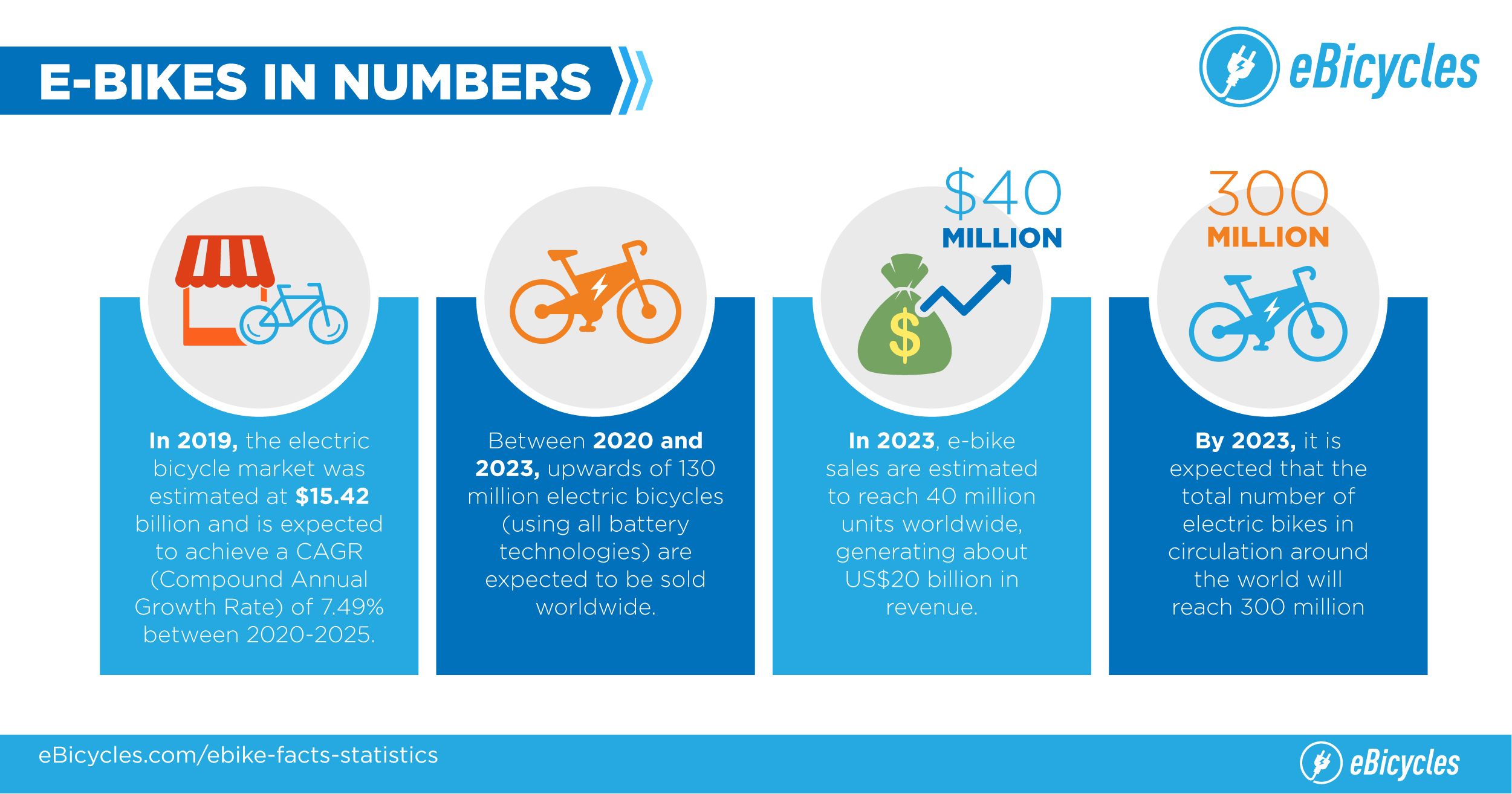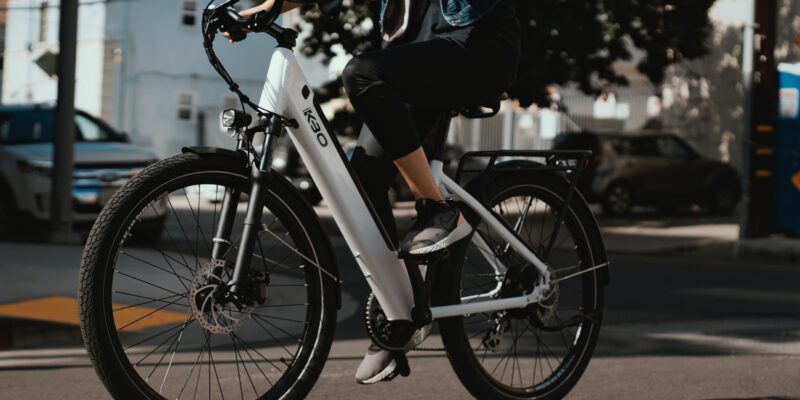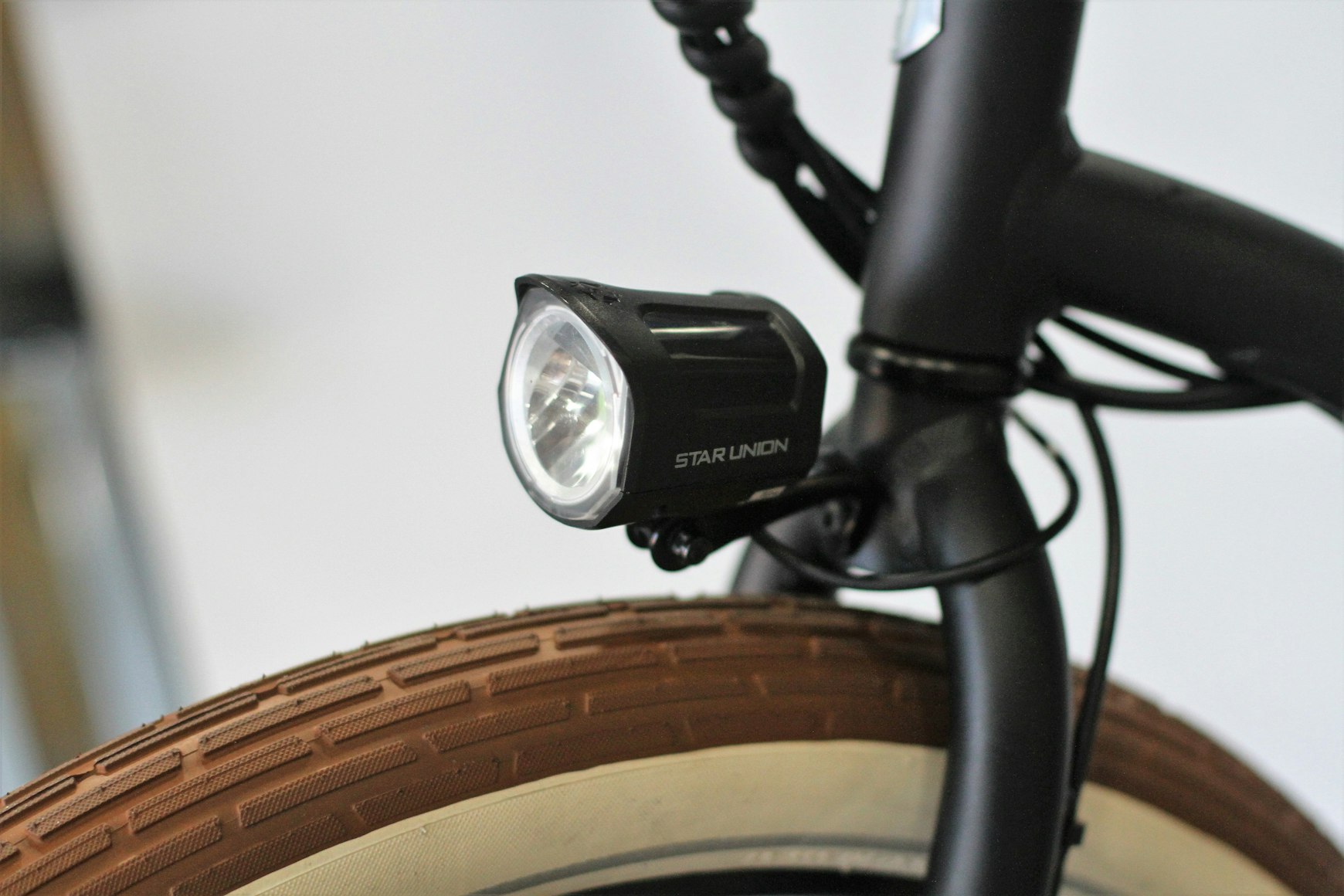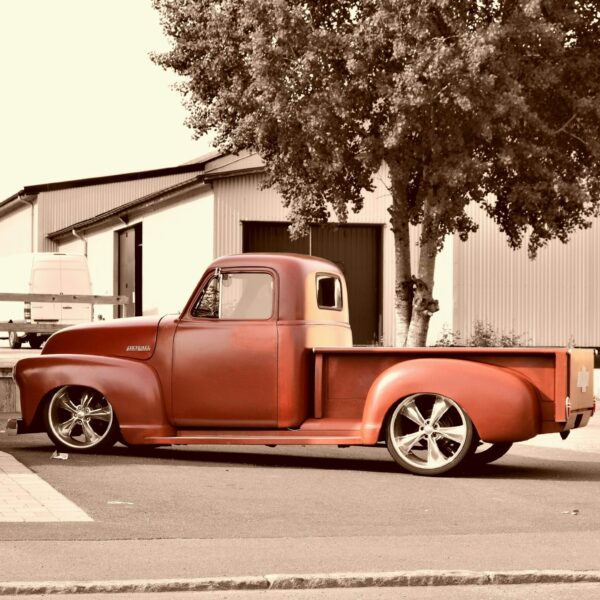Bike Headlights Are Necessary — Here’s Why
It’s no secret that bicycles have gotten a lot more advance over the years. And now thanks to pedal-activated systems, the ride is way less taxing. Electric bikes, also known as E-bikes, have quickly taken over the cycling industry. Apart from companies like Bird and Lime using these bicycles for ride share services, the trend has even caught on to personal use as well. These innovative rides are basically an ordinary bicycle with an electric motor, battery, and transmission attached. Not only do they allow for faster riding, E-bikes are becoming a great alternative to cars and helping lower our carbon footprint. Right now, we’ve taken notice of how quickly the bike market is surging. Millions of individuals have gotten on board with this growing transportation trend.

Image source: eBicycles
On top of that, financial reports show that nearly 88.3% of global bike sales are attributed to pedal-assisted electric bikes, with the fastest growing market taking place in Europe. All things considered, these E-bikes are both efficient and enticing to all types of riders. It’s the reason why this bike type has become one of the most popular forms of transportation in 2022, especially amongst skyrocketing oil prices and the cost of car ownership reaching new frontiers. But what about their safety? Far from the 5-star safety ratings you get with modern vehicles, bikes don’t measure up. Most are not equipped with the standard bells and whistles that keep riders protected.
For starters, they don’t have seat belts or a protective shell barrier in the event of an accident. That means you’re more likely to experience an injury or death in one of these unfortunate circumstances. What’s more, bikes nor most E-bike brands come with suitable lighting to keep paths illuminated during a ride. The dangers of riding in dusk or dawn are much greater than mid-day. That is why a number of cyclists have started investing in bike headlights to make their experience riding along drivers and pedestrians a much safer endeavor.
How bright should bike headlights be?
Similar to car headlamps, you should always invest in a set of headlights that retain their value. Headlamps, more often than not, loose efficacy over time. Not to mention, exposure to the sun and other weathering elements can speed up the process and ultimately factor in to the safety of your bike lights. As a result, it’s important to buy bike headlights that offer the best quality illumination for your safety. The best way to know this is by reading the advertised lumens on a set of bike lights.
Lumens most accurately measure the brightness of lights taking into account several factors. In this case, you’ll want bike headlights that have 200 and 600 lumens. In addition to lumen strength, you ought to search for bike lights that are FL1 Standard certified. This marking is typically distinguished by a FL1 logo and means that the bike lights will guarantee high performance. Most often, FL1 is used to measure flashlight brightness, but its also referenced for bike headlights, spotlights, and general headlights as well.
Where should I put my bike lights?
Once you find the best commuter lights for your bicycle, your next undertaking involves placing them in the right location. In general, you want bike headlamps to be as far apart as possible to set a clear distinction of space for oncoming vehicles. The further apart the lights are, the easier it is for the eye to see them. That’s why most experts recommend mounting the lights on the main handle bar to keep optimal visibility at dusk and dawn.
If you want advance your safety even more, consider adding a helmet light as well. This will create added illumination to see the path or roadway ahead. Although it is important to note, a secondary helmet light should not exceed a certain level of brightness. The goal is to light up your proximate area without blinding other drivers, pedestrians, or cyclists nearby.
Your tail is important too
The bike headlight market might be surging right now, but taillights are just as important for your safety. You can find LED standard or flashing taillights on Amazon or at your local bike shop. These lights work congruently with the braking of your bike to signal to posterior drivers that you are riding in the area.
Do you need a tail light on a bike?
There are no federal regulations that require cyclists to have a tail light on their bike. However, you do need some sort of light and reflector if you plan on riding legally at night. Due to the dark surroundings, it’s nearly impossible for drivers to detect cyclists at a distance unless they are within range of a vehicle’s lights. Therefore, a tail light will only contribute to your safety when riding in the evening. Not counting, it’s a pretty economical way to amp up your safety when riding in general.
Reminder: If you decide to add a tail light to your bike or E-bike, make sure it is red in color to oblige with U.S. road rules.
Are bike headlights necessary?
Does the law require bike headlights? No. But should you have them? Absolutely! Whether you ride a standard bike or E-bike nowadays, it’s a good idea to invest in quality headlights. Due to the slight increase in bicycle injuries and deaths in recent years, it’s also probable we’ll see more laws and regulations enacted by government officials regarding bike safety. Though we welcome the shift from driving to biking, the reality is safety should always be a concern. As the bike market continues to surge globally, we expect more riders to take consideration of their safety on the road.

















